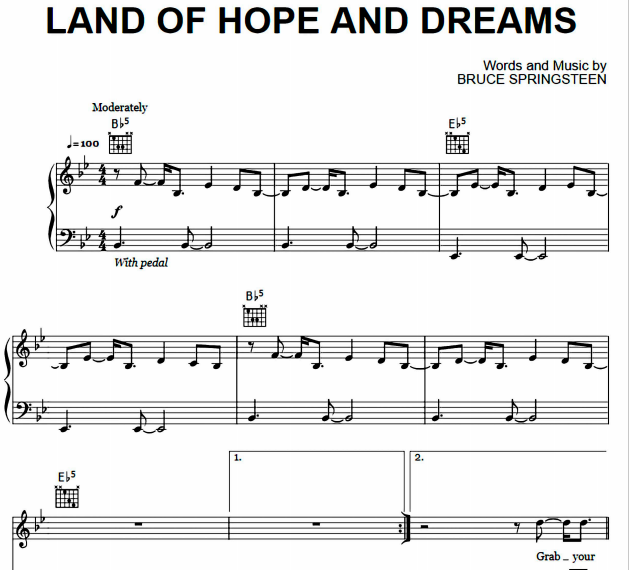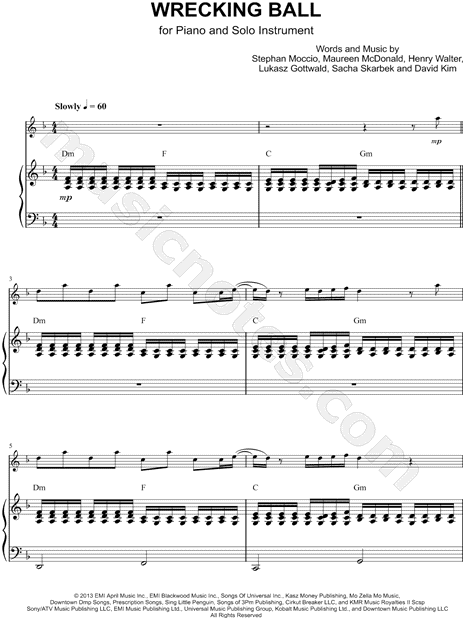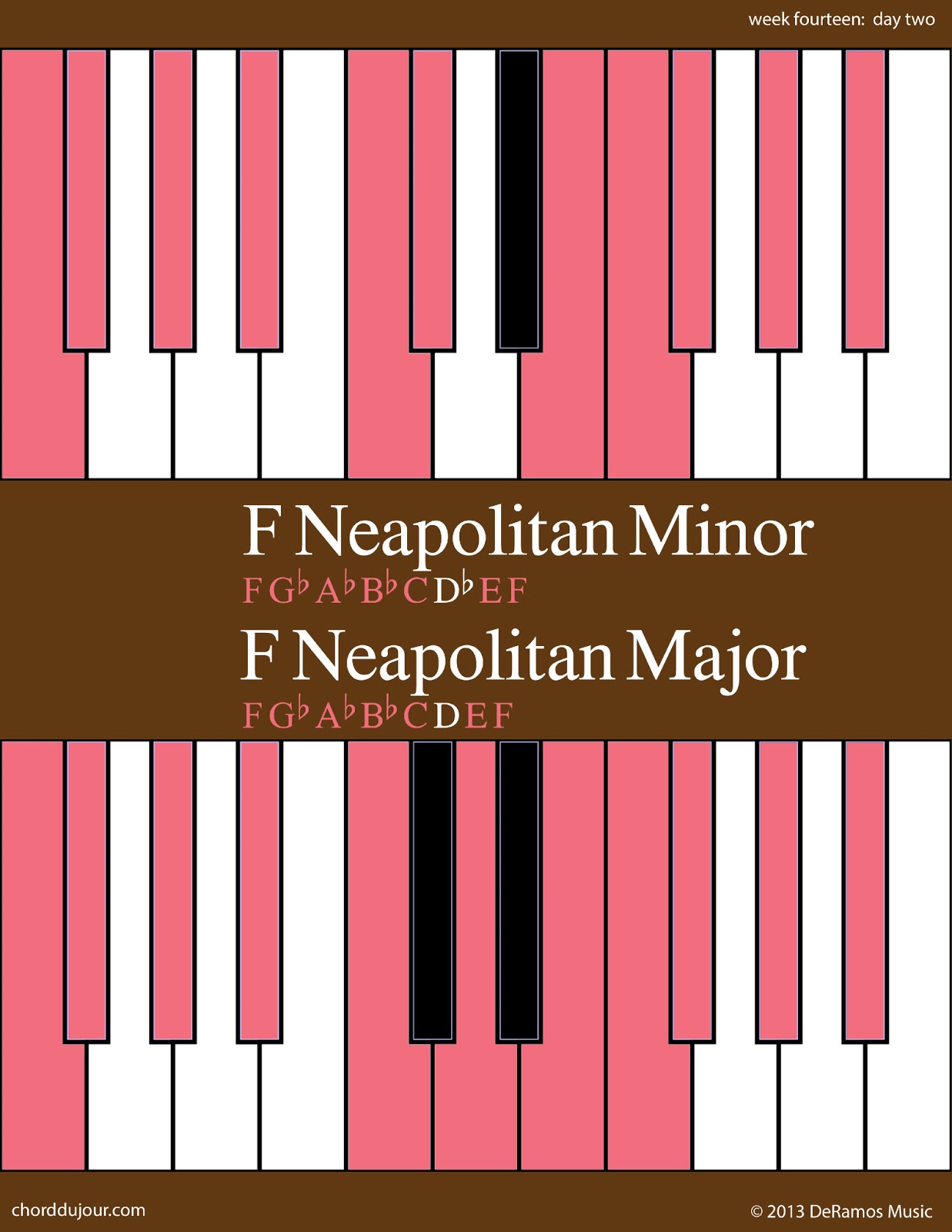

Conducted by Don Linn, DMA Chamber Recital.

m.30 alto flute harmonics – tongued, not slurred.m.18 & 64 piano – “bisbigliando” is spelled incorrectly.m.11 Clarinet trills to written F4 (whole-step).if nec., for balance, you can leave out Horn 2 at reh.The flutist at the premiere was able to swing it with some fancy taping of the solo part so she didn’t have to turn the page as well. m.168, flute solo – leave out beat 1 if necessary during the instrument switch.This significantly helps the balance so you can hear the bassoon solo m.107-113 (letter H) – flip the English Horn and Bassoon 2 parts.(for score & parts to the 4/07 uncorrected editon) The Concertino is dedicated to flutist Sarah Kruser Ambrose, for whom it was written.


Practically, the work comes out of the efforts of my friend and colleague Robert Ambrose, a champion of new music who encouraged me to write for chamber winds, and flute in particular, and who shepherded the project with infectious enthusiasm. In writing the piece, I was particularly excited to explore these styles while juxtaposing the virtuosity of the soloist with the delicate intimacy of the chamber ensemble. In the later movements, the Franco-survey is expanded to other inspirations-to not only the techniques of other French nationals, but also of those I consider “French” in spirit, such as Japanese composer Toru Takemitsu. This Concertino takes the lively French chamber wind literature of the early 20th-century as its starting point, but this piece views the “French” style through an odd lens, twisting and bending the language of that neo-Classical genre in order to run the music through very different stylistic approaches.


 0 kommentar(er)
0 kommentar(er)
